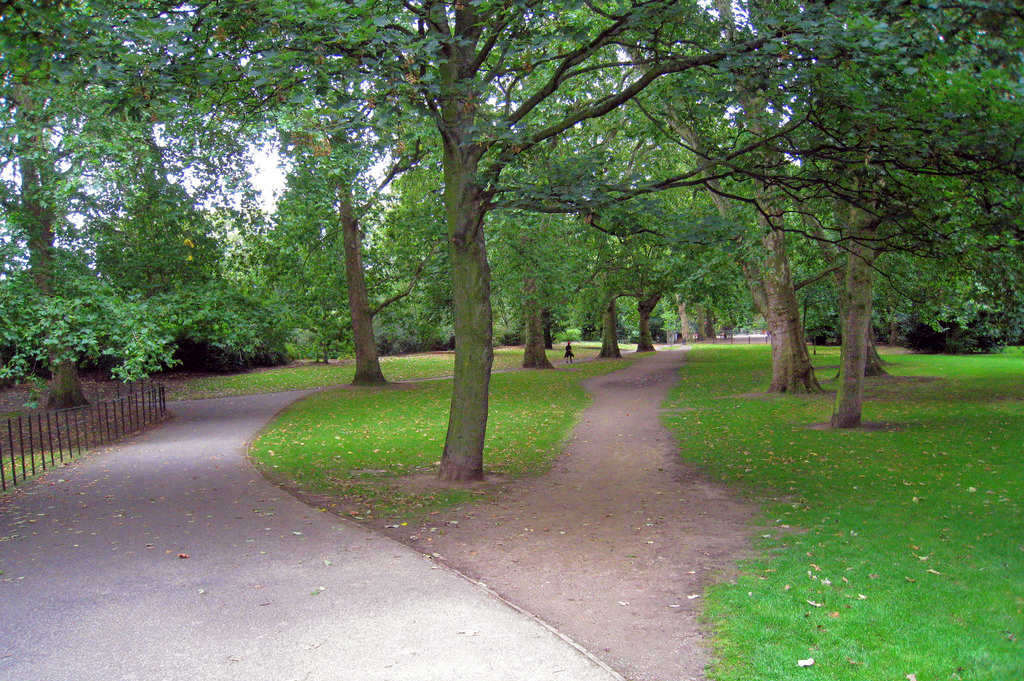Will tactics ever change?
In Everyday Urbanism, Kaliski says that "urban design conceptualizes people in the city and then presumes to order their daily patterns from without." I would argue that architects can be called out for the same fault - idealizing how a user would use a space or a building without actually seeking out the personal perspective of said user. However, after mentioning that architecture is more specific and somewhat more humane than urban design, Kaliski states that when the two disciplines come together, both fail and end up going with the typical guidelines and policies of the strategic city. With the introduction of people, the organized spaces get redefined and new spaces emerge. I love this idea of tactics - no matter what designers plan, someone will always defy it. So then the question arises that will there ever be an "a-ha" moment when an urban designer and/or architect gets it right? Will we ever be ale to accurately plan for everyday urbanism? Personally, I don't think so. But I also think that's the beauty and challenge of design. How do we design so that our buildings and spaces can best serve the public as they adapt and defy our intentions? Thinking back to last week, I think by capitalizing on participatory design we can start to imagine how a group will use the space. Then, we might be able to better visualize the adaptability and future of the project, a potential step in the direction of designing for everyday urbanism.





I think we're starting to stumble on that "A-ha!" moment. It's just a matter of releasing the "god complex" architects have started to garner: "They'll do it MY WAY or not at all!" Except, as you say, someone will always defy it. The key is thinking from the ground and not from the air and, I would say, not forgetting that there are users who will circumvent your long, elaborate experience and find the shortest route to their destination and resent you if it's impossible.
ReplyDeleteLibby, great post! I agree that participatory design is key to good design but I also think observation of how public spaces are used can be helpful too. For your studio project, I really loved how you and Roberto looked at existing footpaths on your site to determine where new sidewalks should be or where the community will enter. I thought this was a great decision and one way of being sensitive to existing conditions to serve the public. Being able to observe what a community needs from a public space or how it is already being used can inform great design!
ReplyDeleteI think your statement about architects possibly over designing for what ideals they think people should have is very accurate. It is becoming more and more common for us to design with the idea of "flex" space and "open" space to allow for people to naturally utilize space in their own manner versus us orienting and aligning things for some sort of dictated experience. I think that understanding people and us using things in manners that we see comfortable is an important first step in designing. If we don't take into account the natural tendencies of people then who are we designing for? Architects?
ReplyDelete